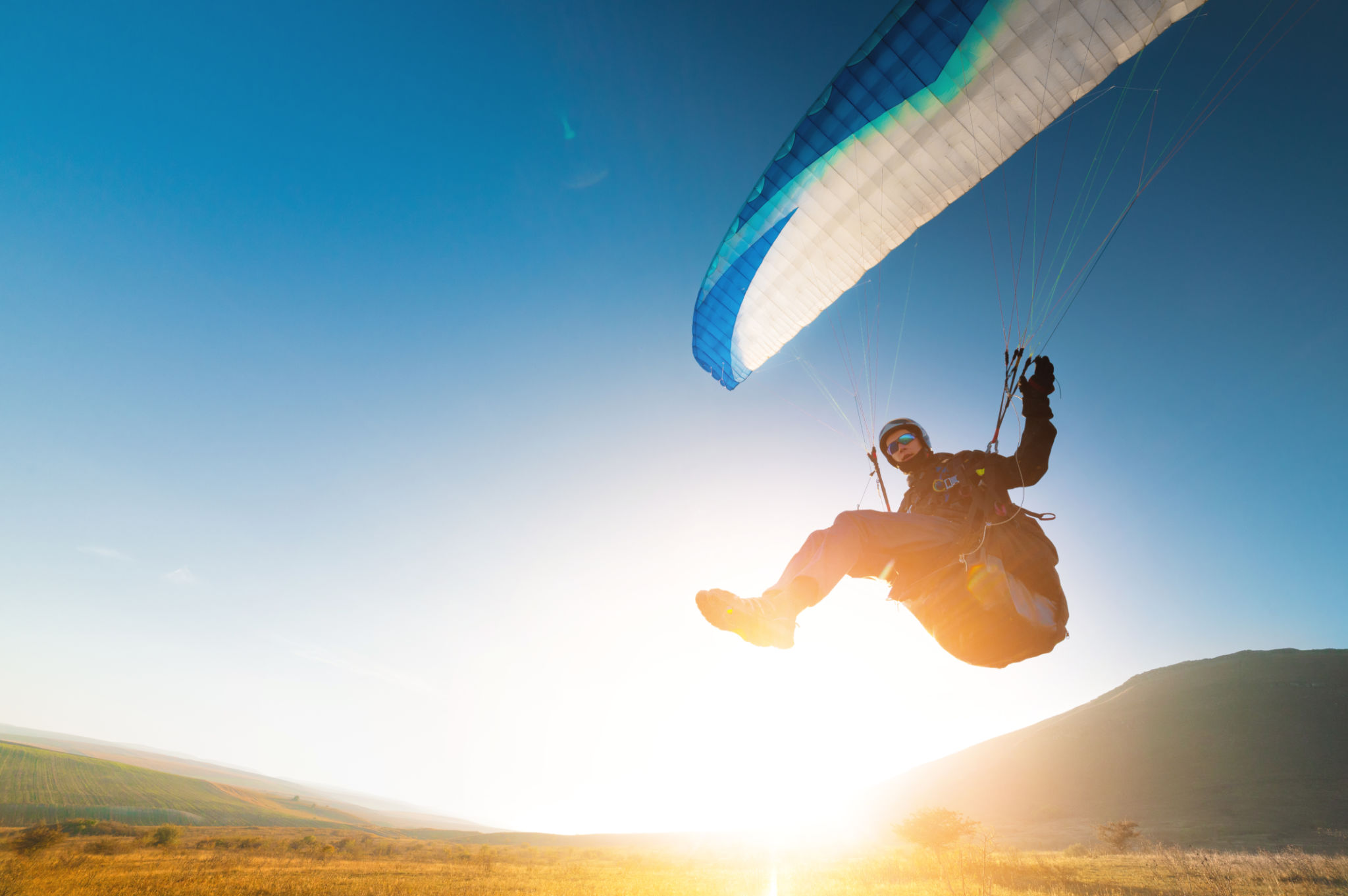Paragliding Safety Tips: What Every Flyer Should Know
Understanding Weather Conditions
One of the most crucial aspects of paragliding safety is understanding the weather conditions. Weather can change rapidly, affecting your flight. Before you head out, check the wind speed and direction, as they can significantly impact your paragliding experience. Ideal wind conditions are usually between 5 to 15 mph. Avoid flying during strong winds or storms, as these can lead to dangerous situations.
Keep an eye on the weather forecasts and always have a backup plan if conditions are not favorable. Remember, it's better to postpone your flight than to risk your safety. Understanding cloud formations and how they affect thermals is also beneficial for a safer flight.

Equipment Check
Before taking off, conduct a thorough equipment check. Inspect your wing for any tears or damages and ensure that all lines are untangled and in good condition. Your harness should be comfortable and securely fastened. Verify that the reserve parachute is correctly packed and readily accessible in case of emergencies.
Invest in a quality helmet and make sure it fits properly. A good helmet is essential for protecting your head during takeoff and landing. Additionally, consider using a variometer to monitor your altitude and rate of climb or descent during the flight.

Pre-Flight Safety Tips
Before launching, perform a pre-flight safety check. This includes reviewing the launch site and ensuring there are no obstacles or hazards. Communicate with other pilots in the area to maintain awareness of each other's presence. Clear communication can prevent mid-air collisions and ensure a safe flight for everyone.
Practice your takeoff techniques on a small hill if you're new to paragliding. Mastering smooth takeoffs will help you gain confidence and reduce the risk of accidents. Always follow the instructions of an experienced instructor or guide when starting out.
In-Flight Awareness
While in the air, always be aware of your surroundings. Maintain a safe distance from other paragliders and avoid flying too close to terrain or buildings. Constantly monitor your altitude and adjust your flight path as needed.
Stay calm if you encounter turbulence or unexpected conditions. Reacting hastily can lead to mistakes. Instead, focus on maintaining control of your glider and adjusting your course gradually.

Landing Safely
Landing is one of the most critical parts of paragliding. Choose a clear landing area free from obstacles such as trees, power lines, and uneven terrain. Begin your descent early to give yourself plenty of time to adjust your approach.
Practice controlled landings by flaring your wing at the right moment to reduce speed. This technique helps ensure a smooth touchdown and minimizes the risk of injury.

Emergency Preparedness
Even with careful preparation, emergencies can occur. Knowing how to react promptly can make a significant difference. Familiarize yourself with emergency procedures, including deploying your reserve parachute if necessary.
Consider carrying a radio or mobile phone to communicate with ground support or fellow paragliders if you encounter difficulties. Being prepared can help ensure that you receive assistance quickly when needed.
Continuous Learning
Paragliding is a continually evolving sport, and staying informed about new techniques and equipment is crucial for safety. Attend workshops, join paragliding clubs, and engage with the community to enhance your skills and knowledge.
Never stop learning, as this proactive approach will not only improve your abilities but also keep you safe during your flights.
